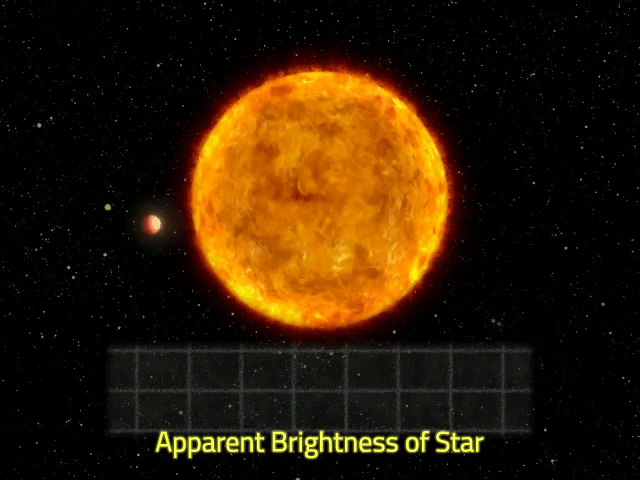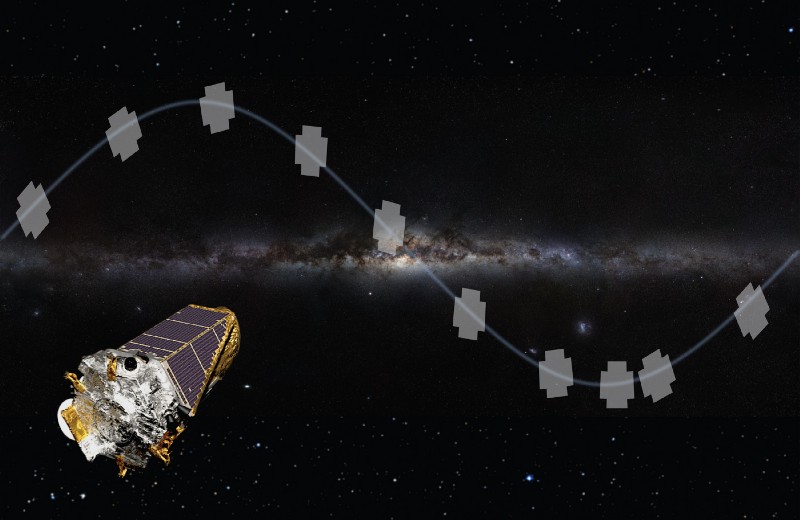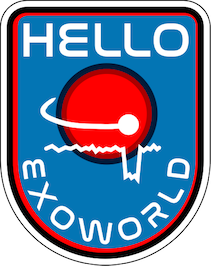Step 0: What is an exoplanet?
Let’s quote our good old friend Wikipedia:
An exoplanet or extrasolar planet is a planet outside our solar system that orbits a star.
do you know how many exoplanets that have been discovered? 3,711 confirmed planets as of 04/05/2018.
How to detect it?
There are different detection methods. Turns out there is one method heavily used, called the transit method. It’s like an eclipse: when the exoplanet is passing in front of the star, the photometry is varying during the transit, as shown below:

Animation illustrating how a dip in the observed brightness of a star may indicate the presence of an exoplanet. Credits: NASA’s Goddard Space Flight Center
To recap, exoplanet detection using the transit method are in reality a time series analysis problem.
Kepler/K2 mission

Image Credit: NASA Ames/W. Stenzel
Kepler is a space observatory launched by NASA in March 2009 to discover Earth-sized planets orbiting other stars. The loss of a reaction wheel during May 2013 put an end to the original mission. Fortunately, scientists decided to create an entirely community-driven mission called K2, to reuse the Kepler spacecraft and its assets. But furthermore, the community is also encouraged to exploit the mission’s unique open data archive. Every image taken by the satellite can be downloaded and analyzed by all of us.
More information about the telescope itself can be found here.
Who are we?

We are not astrophysicists. Not by far, we are developers, and WarpScript users looking for time series challenges. We want to have fun! So we created HelloExoWorld, an association designed to promote and use spatial data such as Kepler’s.
What we have done:
- Downloaded and parsed 40M of FITS files
- Pushed it to a Warp10 instance
- Select a cool subset for you
What you have to do:
- Learn WarpScript and find some exoplanets!
What does it look like?
Here’s an observation of a star called Kepler-11:

Do you see the dropouts? Those are transiting exoplanets! Now we’ll need to write a WarpScript to automatically detect transits. First let’s now discover some basics of WarpScript!